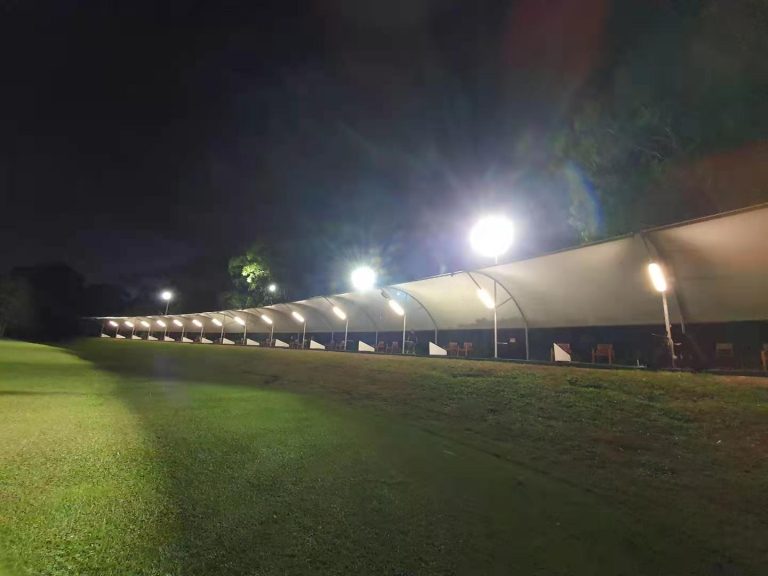led street light wiring diagram
What we need to understand is the basic components of LED street lights. Usually, an LED street light system consists of a lamp head (LED light source part), a lamp post, a power supply device (usually a constant current drive power supply), and corresponding control systems (such as light control and time control). During the installation process, these parts need to be connected through specific wires to ensure the stable operation of the entire system.
Table of Contents
electrical contractor
In a wiring diagram, we usually see symbols representing multiple electrical components and their connection methods. For example, the symbol of an LED lamp head may be represented as a bulb shaped icon, while a constant current drive power supply may be a rectangular box. The wiring diagram will indicate the positive and negative wires and their connection points, which is the key to ensuring the correct flow of current.
Lighting retrofit projector
Next, let’s take a closer look at how to connect the wires of LED street lights. Generally speaking, the connection process follows the following steps:
- Determine the type and parameters of the power supply: Before making any connections, confirm whether the power supply is AC or DC, and check whether its voltage and current meet the requirements of the LED lamp head.
- Connect the power cord: Typically, the power device will have clear input and output terminals. The input end is connected to the power grid, while the output end is connected to the lamp head. When wiring, be sure to pay attention to wire sequence and polarity.
- Access control system: If the backup light control or timing control function of the road lighting fixture is required, these control systems need to be correctly connected to the circuit. This usually involves wiring additional sensors or controllers.
- Complete grounding: For safety reasons, all outdoor lighting equipment should have good grounding measures. This means forming an effective electrical connection between the lamp post and the earth.
- Testing and adjustment: After completing all connections, conduct preliminary testing to ensure that all components work as expected. Adjust the control system according to actual needs to ensure that the street lights turn on and off at the correct time.



